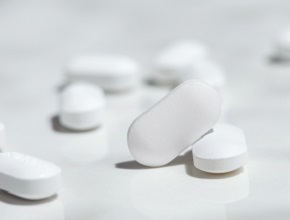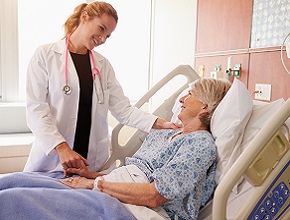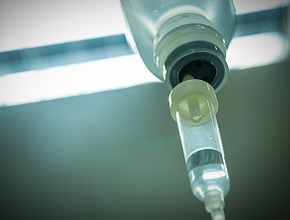Balanced multielectrolyte solution versus saline in critically ill adults
Background: There is uncertainty as to the safest fluid solution in critically ill patients who require fluid resuscitation. Previous evidence suggested that a balanced multielectrolyte solution (BMES), or balanced crystalloid, may be preferred over an isotonic saline (0.9% sodium chloride) solution because of the potential to reduce the risk of acute kidney injury (AKI), which is associated with increased mortality. The biological premise is that saline may be more prone to cause AKI due to higher sodium and chloride concentrations and osmolality. The risk of AKI may be reduced with infusion of a more physiologically balanced solution that better mimics electrolyte constituent concentrations of plasma.
Methods: In this randomized, double-blind, controlled trial, critically ill patients who were in an intensive care unit (ICU) setting received BMES (Plasma-Lyte 148) or saline as fluid resuscitation therapy (fluid resuscitation was defined as a bolus of fluid prescribed to be administered over 1 h or less to increase or maintain intravascular volume that is in addition to maintenance fluids, or specific fluids used to replace nonphysiologic fluid losses).
The primary study outcome was all-cause mortality within 90 days after randomization; the secondary outcomes were a new need for kidney replacement therapy and the maximum increase in serum creatinine during ICU stay.
Results: In total 5037 patients were recruited, of whom 2515 were assigned to the BMES group and 2522, to the saline group. The median volume of the study fluid administered during the study period (mean 6 days in both groups) in the BMES group and saline group was 3.9 L (interquartile range [IQR], 2.0–6.7) and 3.7 L (IQR, 2.0–6.3), respectively. Volumes of other IV fluids and blood products administered did not differ significantly between groups. Death within 90 days after randomization occurred in 21.8% (530/2433) of patients in the BMES group and in 22.0% of (530/2413) patients in the saline group: absolute difference was –0.15 percentage points (95% CI, –3.60 to 3.30). New kidney replacement therapy was required in 12.7% (306/2403) of patients in the BMES group and in 12.9% (310/2394) of patients in the saline group: absolute difference was –0.20 percentage points (95% CI, –2.96 to 2.56). The mean (SD) maximum increase in serum creatinine was 36.6 (94.0) micromol/L in the BMES group and 36.1 (90.0) micromol/L in the saline group: absolute difference was 0.5 micromol/L (95% CI, –4.7 to 5.7). The number of serious and other adverse events did not differ in a clinically meaningful way between the groups.
Conclusions: The authors found no evidence showing that the risk of death or AKI among critically ill adults in the ICU was lower with the use of resuscitation fluid in the form of BMES than with saline.
McMaster editors’ comment: In a companion meta-analysis to this trial (available here), copublished in the same journal, the effect of balanced crystalloid fluids versus saline ranged from a 9% relative reduction to a 1% relative increase in mortality without a discernible effect on the risk of AKI. There are other balanced crystalloid solutions available (eg, lactated Ringer solution), which vary in their electrolyte composition, osmolality, and pH. Given the lack of overall clear benefit of balanced crystalloid over saline, it is reasonable to tailor the solution according to individual patient factors, for example, preferring balanced crystalloid in patients with hyperchloremic acidosis, and isotonic saline in those with hyponatremia.
 English
English
 Español
Español
 українська
українська










